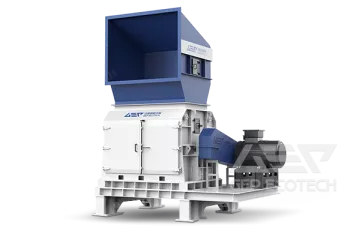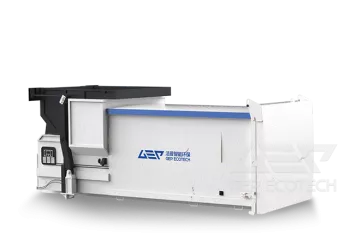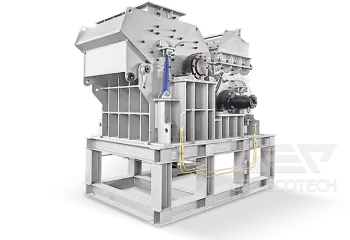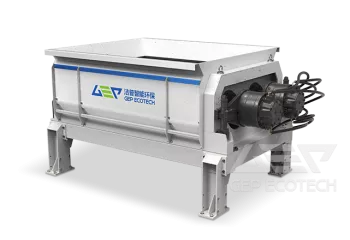Municipal waste sorting machines are becoming more and more important in the recycling industry. These machines are widely used in municipal solid waste sorting facilities, which are designed to separate and recover different materials from waste streams. With the help of these sorting machines, more materials can be recycled and reused, reducing the amount of waste that goes to landfills. In this article, we will discuss the different types of municipal waste sorting machines used for further recycling.
Trommel screens
Trommel screens are commonly used in municipal waste sorting facilities to separate and sort waste in various sizes. Trommel screens contain a rotating drum that is perforated with different sized holes. As the waste enters the drum, it is rotated and sorted by size, allowing the smaller pieces of waste to fall through the holes while larger pieces of material move to the end of the drum, where they can be manually sorted and recycled.
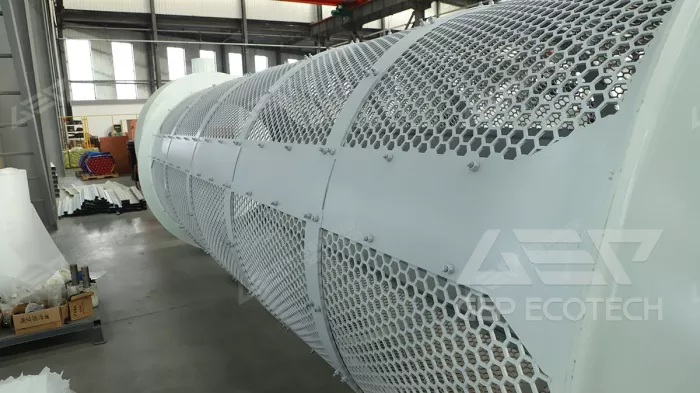
Magnetic separators
Magnetic separators use magnets to separate ferrous metals, such as iron and steel, from other waste materials. Ferrous metals are attracted to the magnet, while other materials are not affected. This allows for the ferrous metals to be removed from the waste stream and recycled separately.
Eddy current separators
Eddy current separators use magnetic fields to separate non-ferrous metals, such as aluminum and copper, from other waste materials. These materials are passed through a conveyor system, where they are exposed to a rotating magnetic field. The non-ferrous metals are attracted to the magnetic field and are separated from the waste stream, where they can be further processed and recycled.
Optical sorters
Optical sorters use sensors and cameras to sort waste by color, shape, and size. These sorting machines are extremely accurate and can quickly identify and sort different types of waste materials. Optical sorters are commonly used to sort plastics, glass, and other materials that cannot be sorted by hand.
Wind sifter
Wind sifter use an airflow to sort waste materials based on their density. Lighter materials are carried on the airflow and are separated from heavier materials, which fall to the bottom of the machine. These machines are commonly used to sort paper, plastic film, and other lightweight materials.
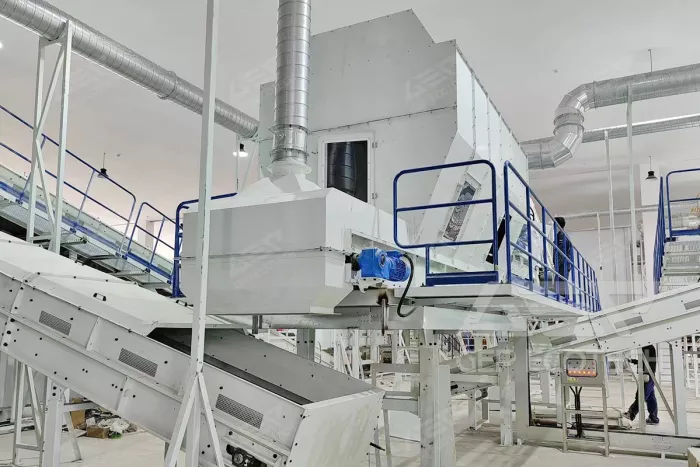
In conclusion, municipal waste sorting machines play a critical role in the MSW recycling industry. They help to separate and recover valuable materials from waste streams, which reduces the amount of waste that goes to landfills. The use of these machines is becoming increasingly important as the demand for recycled materials continues to grow, and as individuals and businesses become more environmentally conscious.


